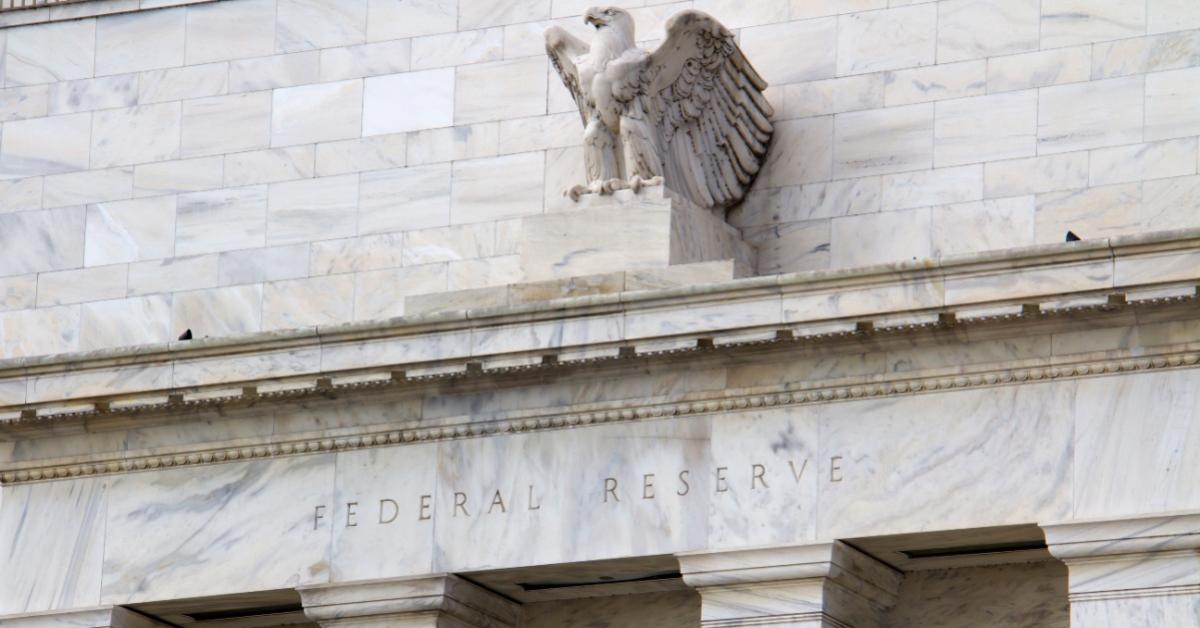The Austrian business cycle theory teaches us that low interest rates manipulated by the central bank lead to malinvestments, which are cleared when the central bank lets rates rise, reflecting a truer cost of capital. A real-time example is happening in the United States commercial office real estate market. Combine that with the government’s covid lockdowns, which forced employees to work from home. Now, employees never want to change out of their pajamas while on the clock. Notwithstanding Jamie Dimon’s call for JPMorgan Chase & Co. employees to return to the office five days a week, most employers have acquiesced to their employees, and the need for office space has diminished.
In downtown Louisville, Kentucky, the twenty-nine-story Fifth Third Bank building, which is only half occupied, just sold for $9 million. The building contains 374,400 square feet, making the purchase price twenty-four dollars per square foot, a small fraction of what it would cost to build the high-rise. The sellers bought the building in 2001 for $34.8 million, according to Voit Real Estate partner Christopher Drzyzga. On LinkedIn, Drzyzga linked to an article about the sale, leading the post with “You make your money on the buy” and asking for “Thoughts on this deal?”
The more thoughtful comments from lenders and real estate professionals included one that said, “a couple months ago we looked at a $18/sf refi in Memphis which seemed amazing until we saw far nicer Class A office sales for as low as $9/sf.” There was more than one comment saying the buyers may have paid too much, referencing ten dollars per square foot sales in similar-sized cities.
I wrote recently about Brookfield walking away from office buildings in downtown Los Angeles.
Wolf Richter of Wolf Street has also listed a number of other office defaults and losses in a recent article.
Blackstone just sold office towers in Santa Ana, California, for $82 million after buying it for $129 million. The towers changed hands in 2007 for $183.8 million.
Blackstone (again) bought a twenty-six-story building in 2014 for $605 million, borrowing $308 million against it. By March 2022, the value of the tower had dropped so far below the loan value ($308 million) that they walked away.
Parkway Property sold the 960,000-square-foot San Felipe Plaza in Houston, Texas, for $82.8 million in late March. Thomas Properties had bought the property in 2005 for $156.5 million, before Parkway bought Thomas.
The Chetrit Group sold the 617,000-square-foot tower at 850 Third Avenue in Manhattan to its lender, HPS Investment Partners, for $266 million after having paid $422 million for it in 2019.
The lender Argentic Investment Management has listed the 1923 Barneys New York Building at 115 Seventh Avenue for sale for around $30 million after taking possession for $49.5 million. The seven-story building is vacant. The previous owner that defaulted had purchased the building in 2014 for $57 million.
The vacant forty-six-story 1.4 million square foot office tower formerly called “One AT&T Center,” in downtown St. Louis, Missouri, sold for $4.1 million in April 2022 in a foreclosure sale. In 2006, the property had been purchased for $205 million and became the collateral of a $112 million mortgage.
Union Bank is trying to sell its headquarters tower at 350 California in San Francisco, California, and lease back a portion of it. The bank listed the building for sale last year at $250 million but pulled that listing and relisted it in February for 52 percent off—$120 million.
Another lender, Wells Fargo, tried to sell its 550 California tower in 2022 for $160 million. The bank pulled the listing and will try again this year at a discount of 67 percent off the original listing price, around $53 million, according to the San Francisco Business Times.
Other commenters to Drzyzga’s post mentioned converting the Fifth Third Bank building into apartments. At least one successful investor disagrees. “It’s one asset class [office buildings] that just has to get redone, and redone meaning demolished,” said Hayman Capital Management’s Kyle Bass. As far as converting office to residential, he told Bloomberg, “You have to jackhammer rebar and concrete. You have to re-plumb everything. And when you finish it, it just doesn’t feel right. You wouldn’t want to live there.”
Meanwhile, the apartment market may have a coming supply problem. When rates were low, builders went wild. Wolf Richter pointed out the bad news on the supply side, saying,
In 2022, construction started on 547,400 units in multifamily buildings of two units and larger, the highest since 1986, when the last multifamily boom ended. And it was up by 55% from the peak this millennium in 2005. And it followed the 473,800 units that were started in 2021, the most since 1987.
Meanwhile, thirty-two hundred units in Houston were just sold at a foreclosure auction. The units went for $196.5 million ($61,125 per door), while debt on the property was $229 million. The units were purchased in 2021 with variable interest rate debt that rose from 3.4 percent to 8 percent.
“A record $151.8 billion in U.S. mortgages backed by rental apartment buildings are set to expire this year, and $940.1 billion are set to expire over the next five years, according to Trepp,” the Wall Street Journal reports.
That wall of refinance requests will arrive just as banks are drawing back. “Over a longer time horizon, [this] will likely shift CRE lending from the banking system to private capital at higher spreads,” hedge fund Ellington Management Group said in a report.
Carmen Arroyo and John Sage write in Bloomberg, “The turmoil sparked by the US regional bank crisis combined with rising loan defaults on troubled properties has burned small banks, prompting them to scale back on commercial real estate lending as they reduce risk and shrink balance sheets.”
Some might say, “Well, all real estate is local.” Sure, but higher interest rates and tight lending conditions are everywhere.
























